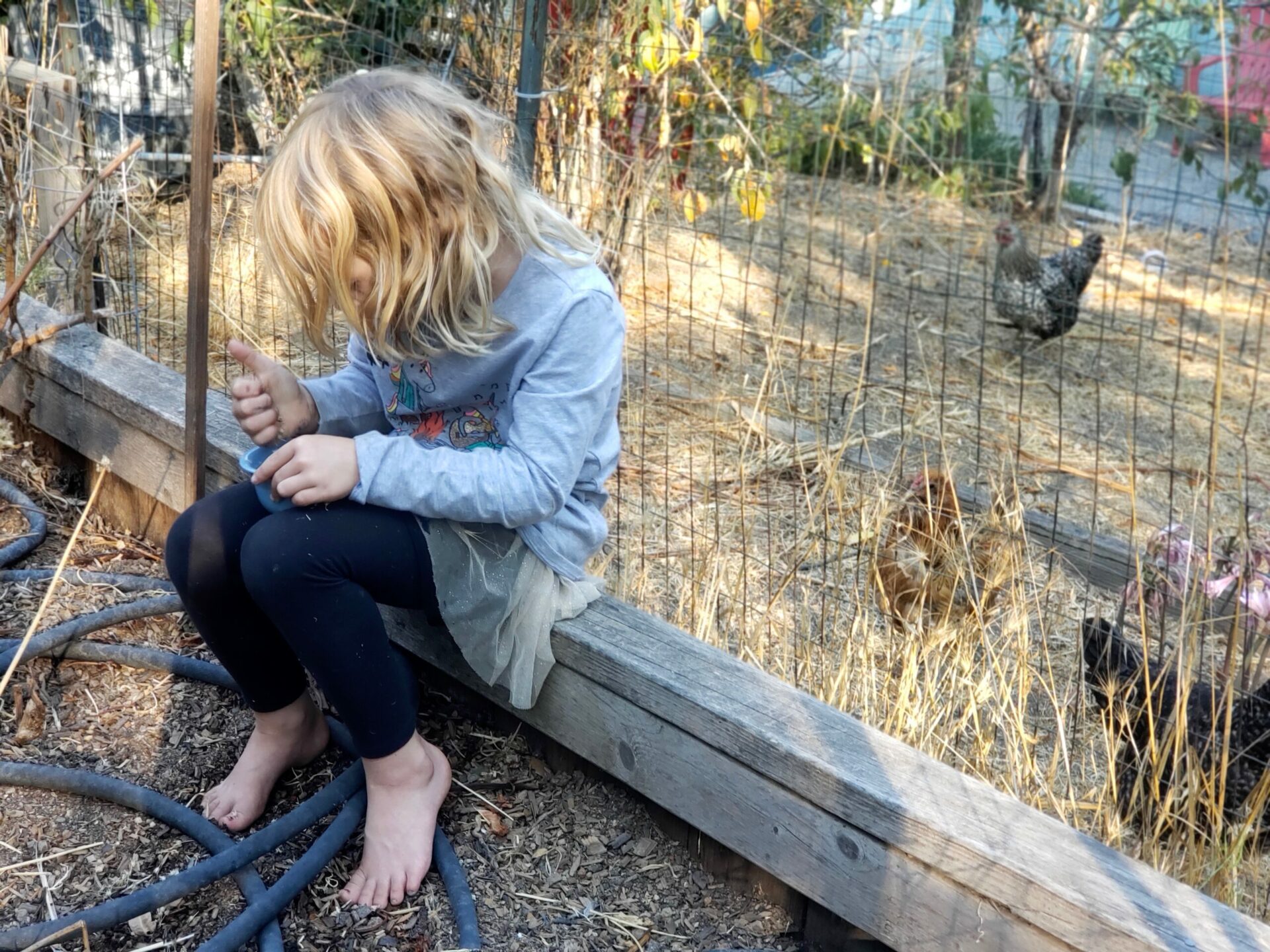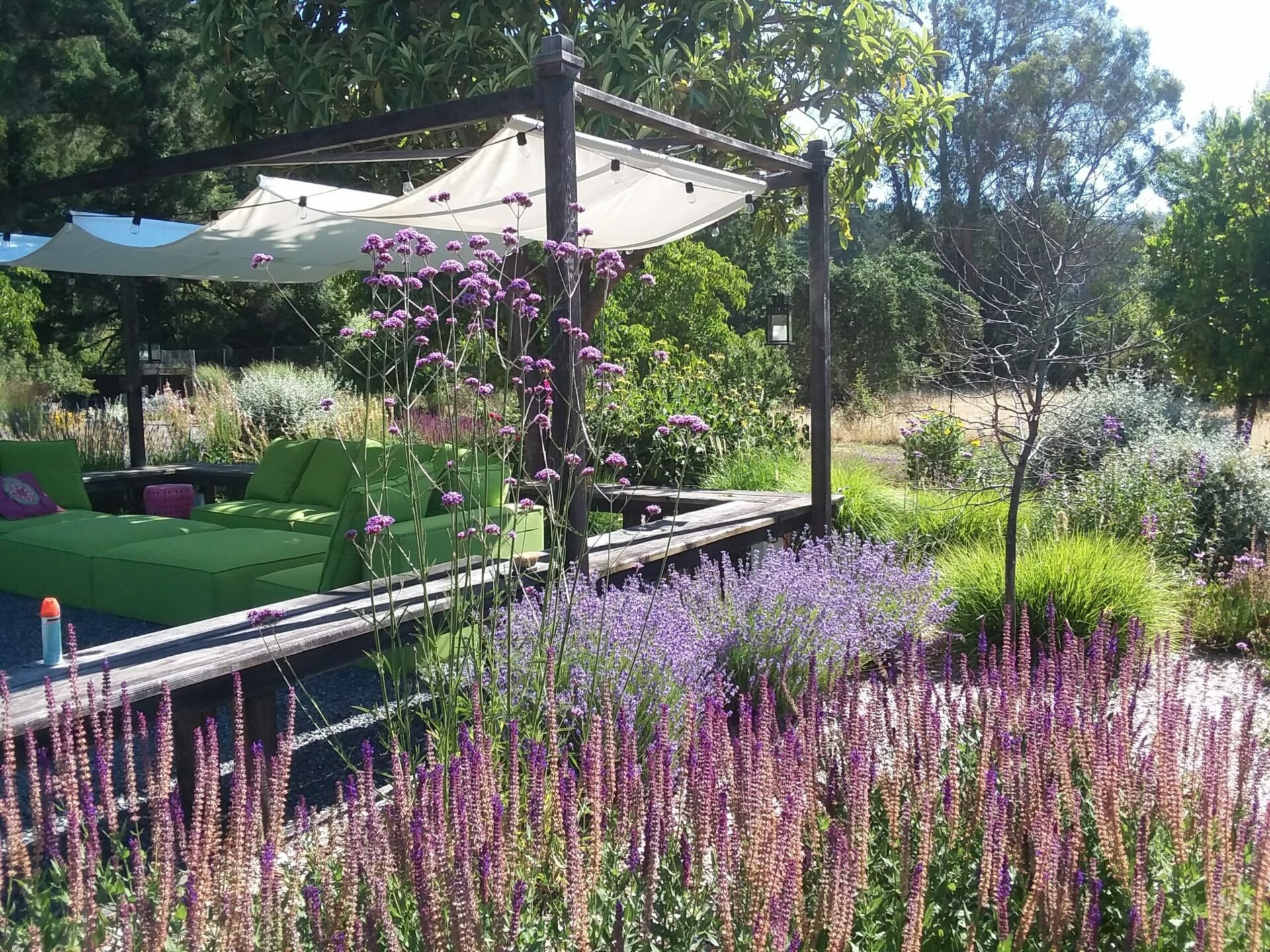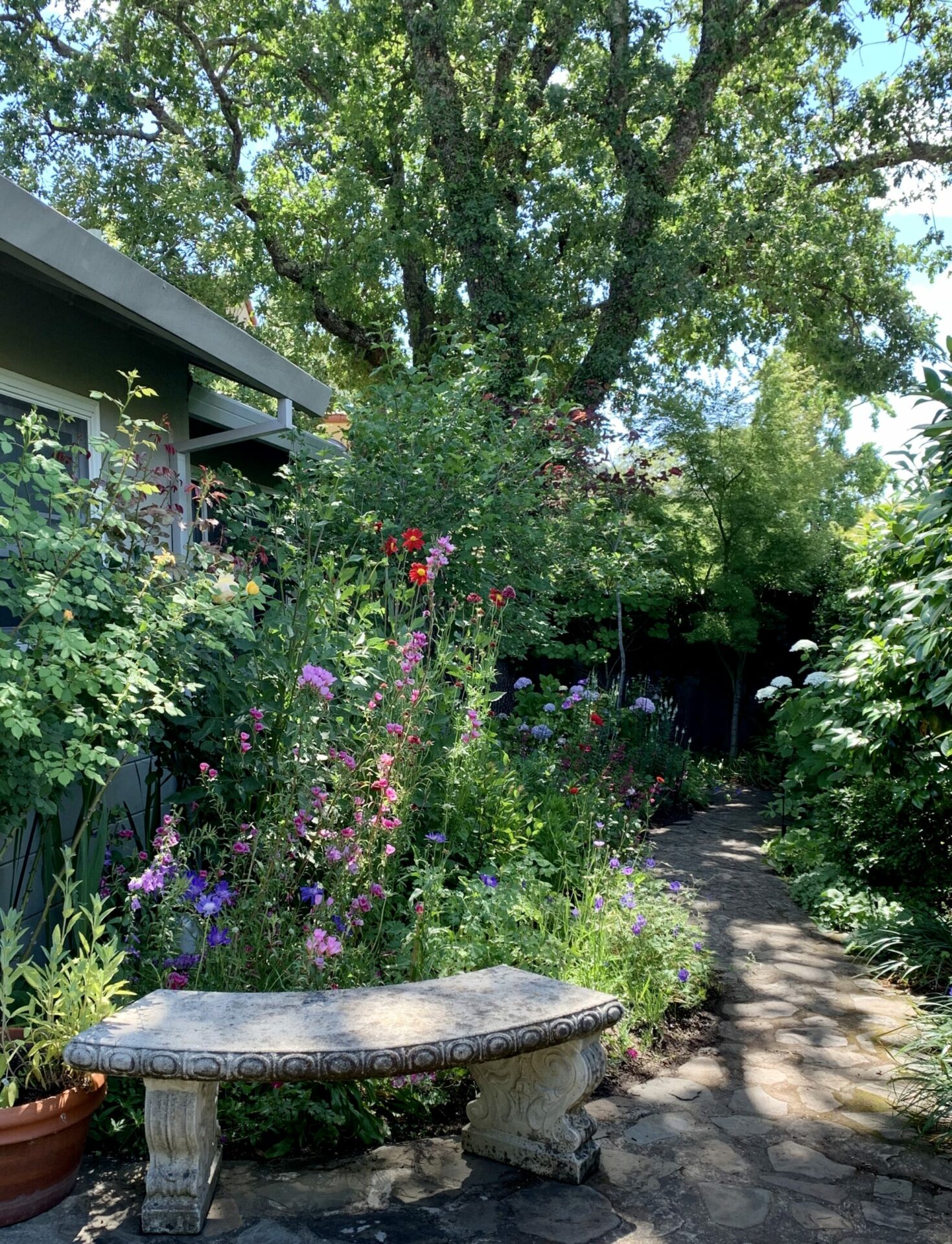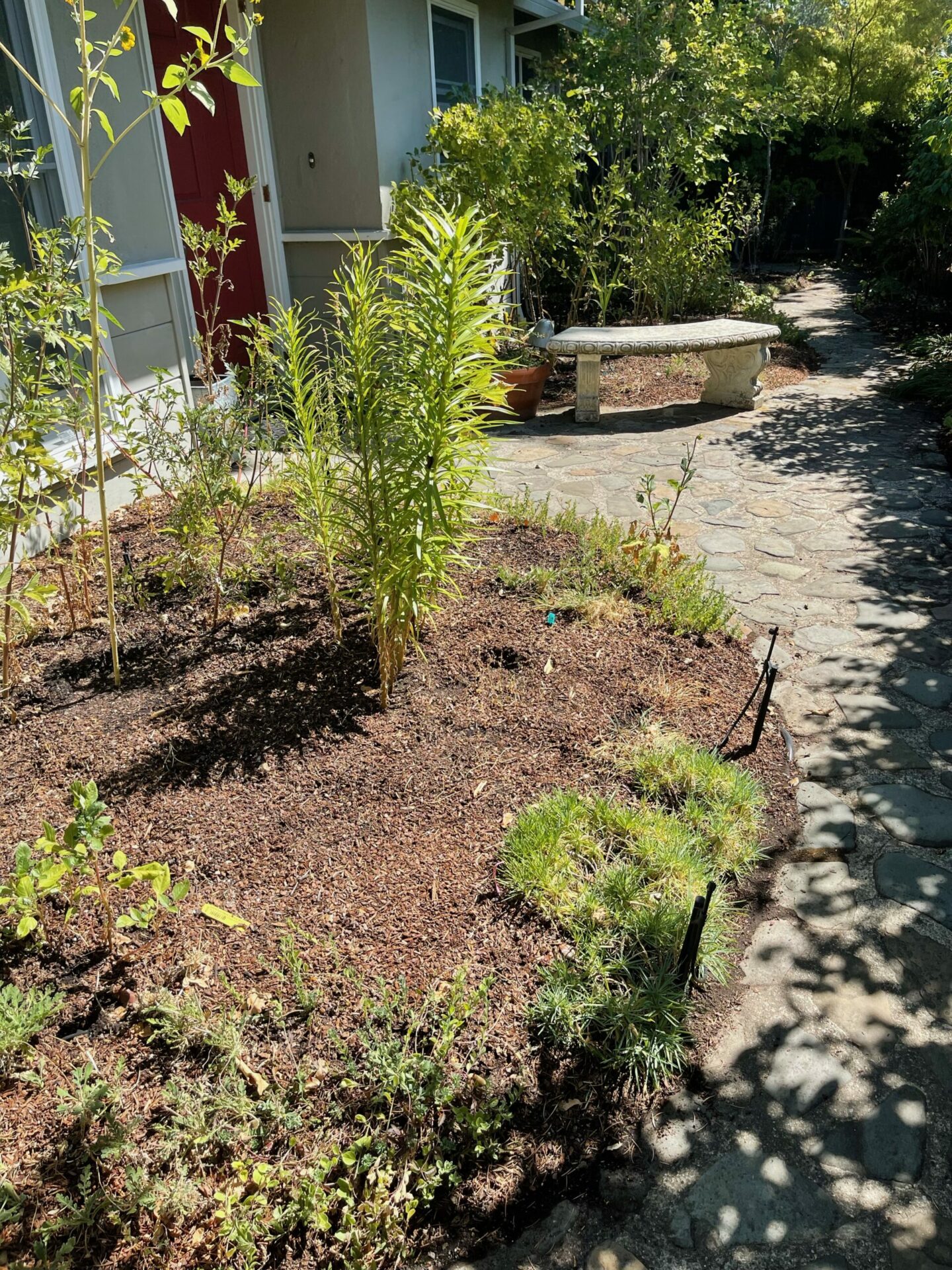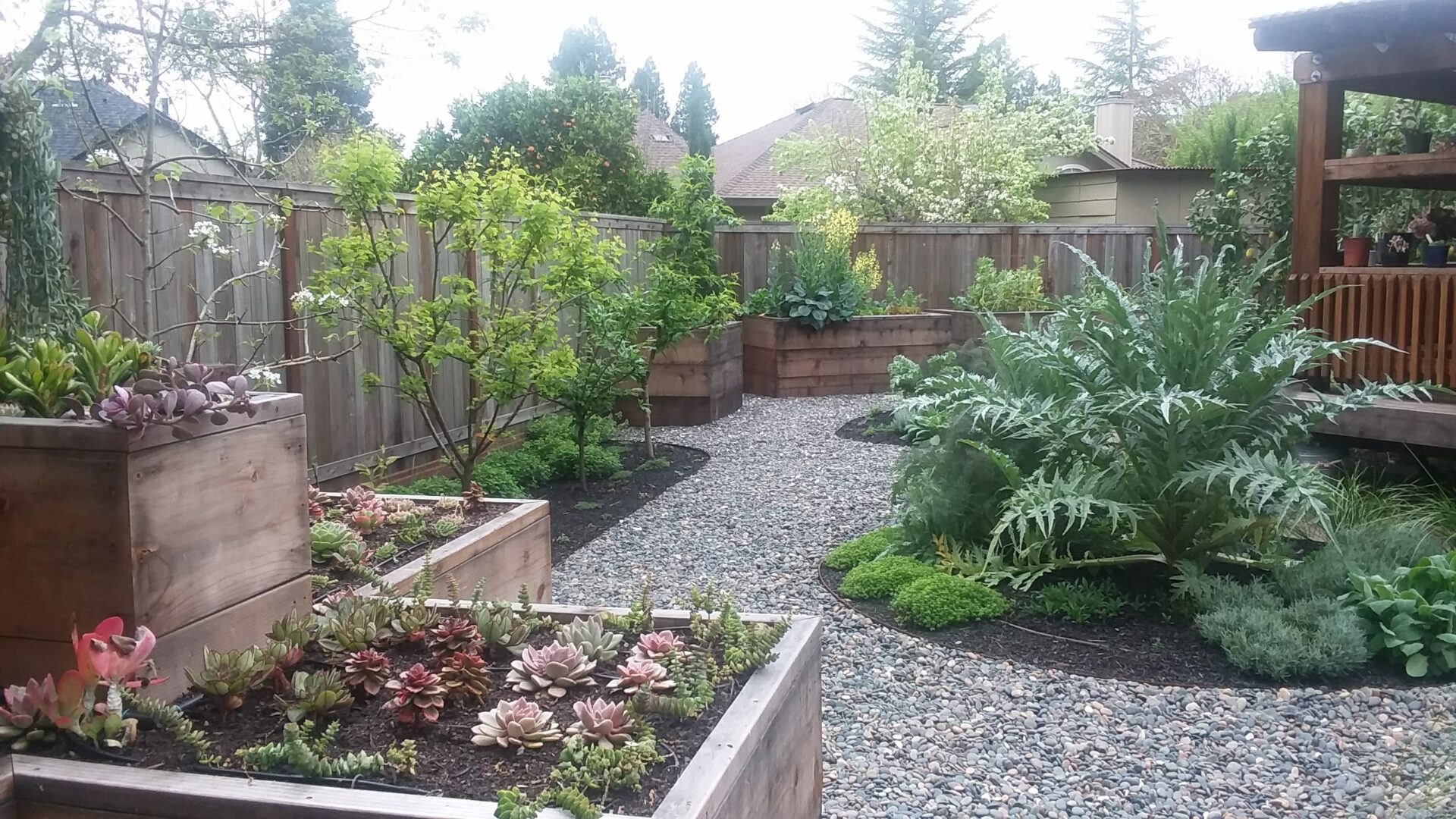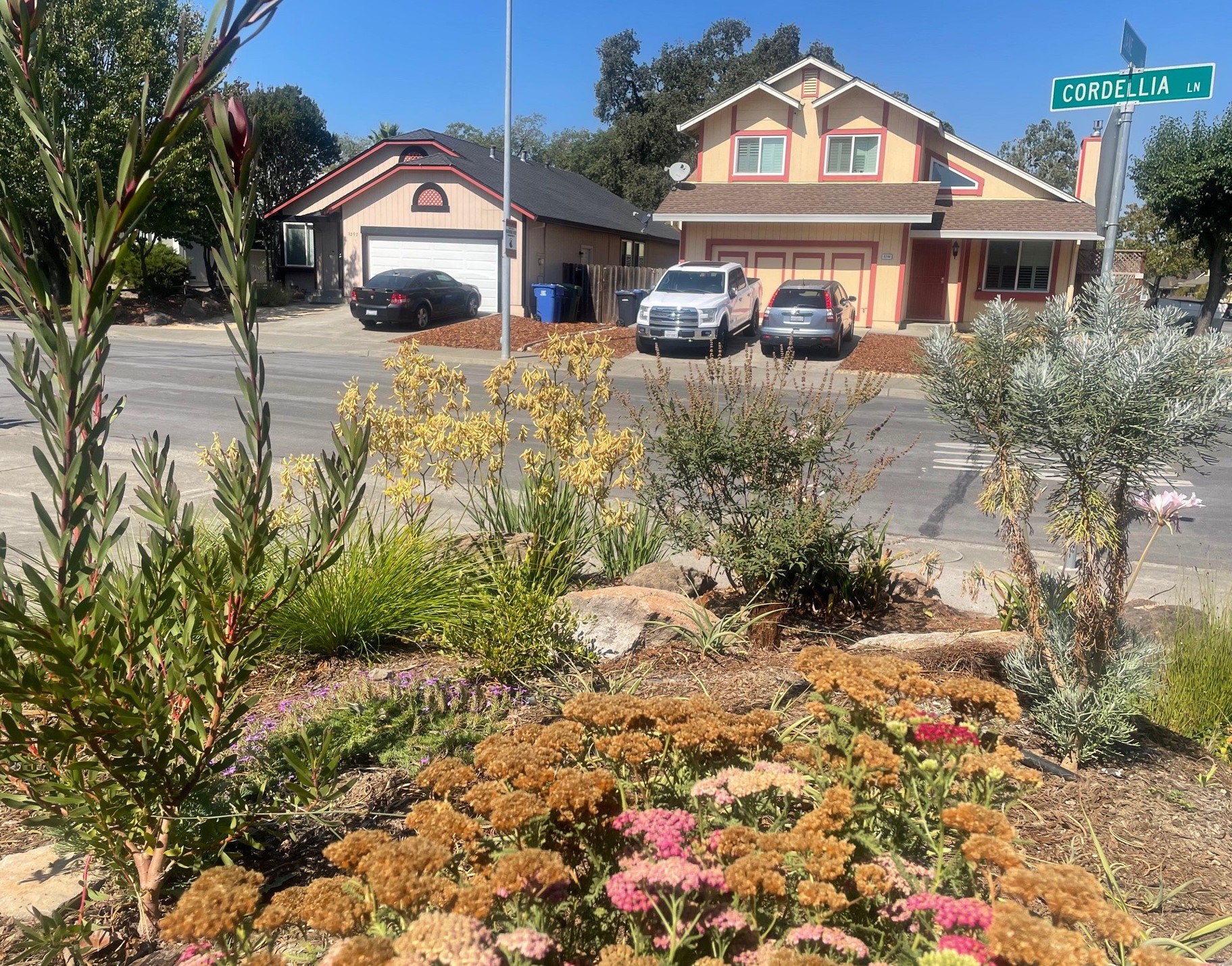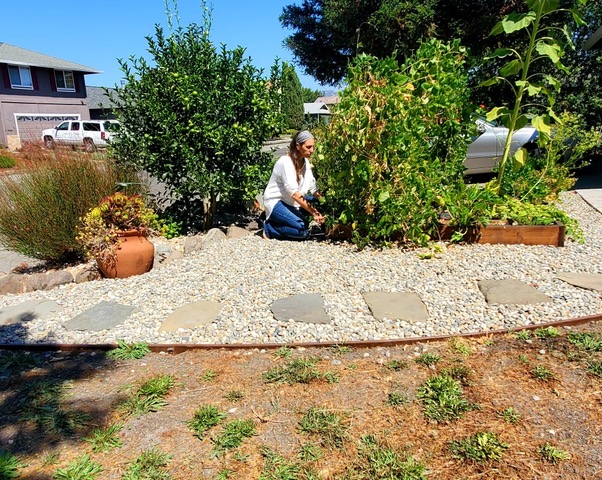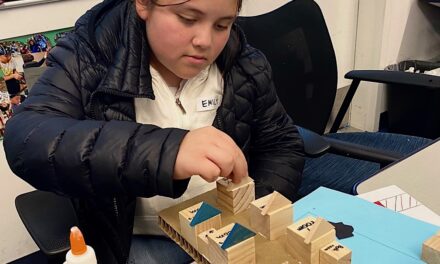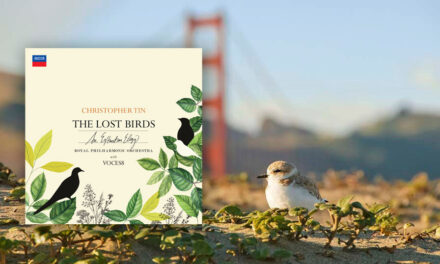“It’s a question of survival. Who gets a drink of water? Me or the hyssop?“
This April, Sonoma County gardener Jen Benedetti made a post in a local forum. “My garden is my sanctuary,” she wrote. “But this year I am feeling like it is more important to save water and support our farmers markets, and community farmstands, than to have a glorious harvest of my own.”
This was one of many posts and conversations springing across the Bay Area, as gardeners and land managers have been struggling to find a new normal. The conundrums of whether or not to spend water on gardening during a drought are many. Growing backyard food is not just enjoyable, it also cuts down on greenhouse gasses from food transport and storage. Maintaining–or expanding– ornamental gardens is therapeutic but also can sustain pollinators and wildlife that are struggling to survive human-made hurdles. And planting trees and shrubs (particularly natives) in urban environments not only benefits birds and other creatures, but can reduce the “heat island” effect of non-vegetated urban landscapes—communities with 40% tree cover can be up to 10 °F cooler than similar neighborhoods that lack trees, and an area of deep shade might be up to 45 °F cooler—improving health and reducing use of air conditioning, swimming pools, and other coping mechanisms.
Yet, in the effort to comply with widespread messages to cut water use, gardens are often an obvious place to cut back.
“My garden is nearly dead,” says Robin Brandes, who has lived and gardened in San Anselmo for 30 years and whose garden has been included as part of Marin’s Bay Friendly Garden Tour. Brandes’ water is supplied by the Marin Municipal Water District (MMWD)—one of the Bay Area districts with the strictest water restrictions. Districts that source much of their water from their own watershed, such as MMWD, are now experiencing the most extreme shortages.
“I hand water two times a week to keep the shrubs and trees alive,” Brandes says. “I have been a devoted gardener for 30 plus years. This year, I’m not. It’s a question of survival. Who gets a drink of water? Me or the brown, withering giant hyssop?”
In other areas, many gardeners are opting to keep existing gardens alive—often with the exception of their lawns—but not to add new plants.
“I have seen orders for installations drop by a lot,” says Rose Remillard, owner-operator of the landscaping and design company, Nature’s Designs, who adds that, especially for ornamentals, this is appropriate during a drought.
“When people come to me, I am steering them away from new installation,” Remillard says. “It’s just not the time to be getting plants started. Even drought tolerant and California native plants need steady water until they’ve been in the ground for 2 to 5 years.”
She adds that—at least with the drought at its current level—maintaining plants already in the ground shouldn’t be a problem, even while also being a responsible water user.
“At first I was really hesitant to commit to doing any garden, but I realized that my garden is important to the larger ecosystem for bees and birds, and that was worth it,” says Jenny Stock of Petaluma. “I even added a few frisbees with rocks and added water for insects and birds to drink from. Now more than ever I feel the need for growing food to reduce packaging, trips to the store, eat fresh and to get my hands in the dirt and share with friends and neighbors to supplement crops.”
This sentiment is echoed by Paul Piazza, head of Sonoma Water’s Water Use Efficiency Group, who encourages people to watch their water use but, in general, not to stop gardening. Instead he advocates changes like eliminating or reducing automated watering, sprinklers, and large lawns.
“Most folks are usually overwatering by quite a bit, so there is significant room to make cutbacks,” Piazza said. “Watering seven or even five days a week is wasteful in any year. Especially if your plants are in the ground, you really don’t need to be watering more than three days a week.”
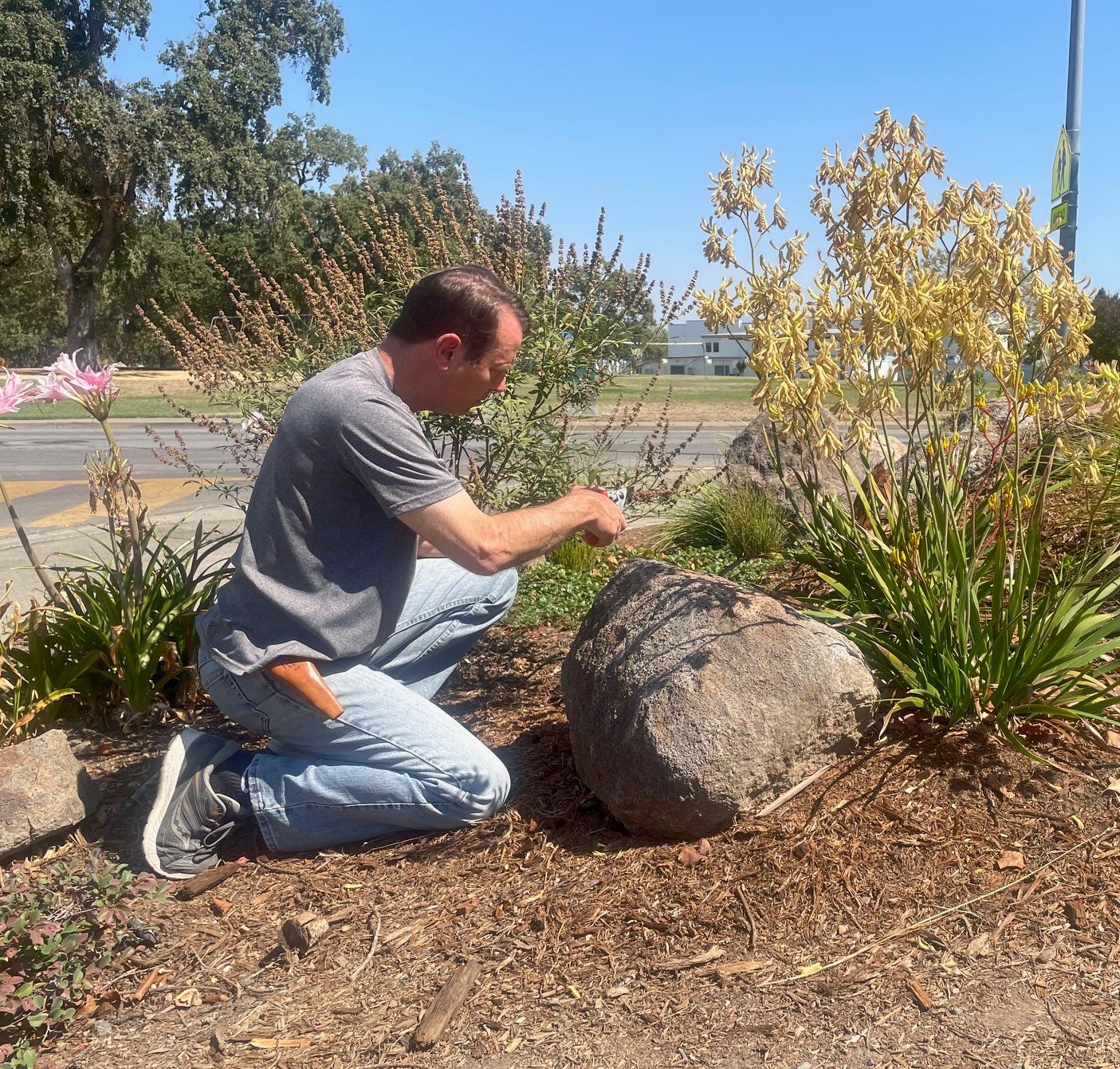
Piazza also suggests watering as many plants as possible with household graywater rather than a hose. Small tweaks—like putting a bucket under your shower or kitchen faucet to catch “warm-up” water or using a dish tub to save pasta or vegetable rinse water—can go a surprisingly long way in the garden.
“I can’t say it’s convenient because you’re lugging buckets around. But one of the benefits is that boy, you learn very quickly just how much you are wasting,” he said.
Different water agencies offer a variety of resources that can help gardeners minimize their water usage. Resources that Sonoma Water offers include a water smart plant database, and an irrigation scheduling tool that lets people actively tailor their watering on a weekly or seasonal basis. Sonoma Water is also collaborating with the county’s Master Gardeners to offer a free Garden Sense program, where consultants visit homes to assess their current watering system, and offer plant suggestions, information on converting lawns to low water use or sprinkler systems to drip, and a sketch of a planting plan.
During the drought, Paulina Telderer has focused on her vegetable beds and succulent garden, watering with kitchen and shower graywater, while letting her lawn go unwatered. Photo: Jake Telderer
In the long term, changing what we plant will also be key.
“I’ve decided to re-landscape with plants that have very low water needs,” says Brandes. “No more high humidity plants like hydrangeas, fuchsias, rhododendrons, or perennials that need even moderate water.”
“The drought has reminded people that we can’t just plant these really lush gardens that we see from England or the East Coast where they get a lot of rain in the summer, and that’s a good thing,” Remillard says. “In wetter years, people request a lot more high water use landscapes – I push back against that and say you might not want a low water use garden, but you live in Santa Rosa, and I want to design a garden that will thrive for decades—not just for a few years.”
This doesn’t just have to mean cacti and succulents, Remillard says—or hay colored landscapes with no color. She recommends California natives like foothill penstemon, or ornamental species such as honeybush, coneflower, and red yucca.
And Piazza encourages people to prioritize food gardens as well. “Localized food production systems have such a huge benefit to our communities; it is important to maintain that,” he says. “But in terms of water savings, I am a huge advocate of planting food in the ground. I know there is a commitment of time – but ultimately that is going to provide a huge water savings.”
If that isn’t possible, he says, pare your choice of crops to prioritize species that are well suited to more infrequent and deeper water. Maybe skip the lettuce, he says, and plant more tomatoes. And get smart about timing. “You don’t want to be planting broccoli in July,” Piazza says. “You can save a lot of water by doing your research.”






